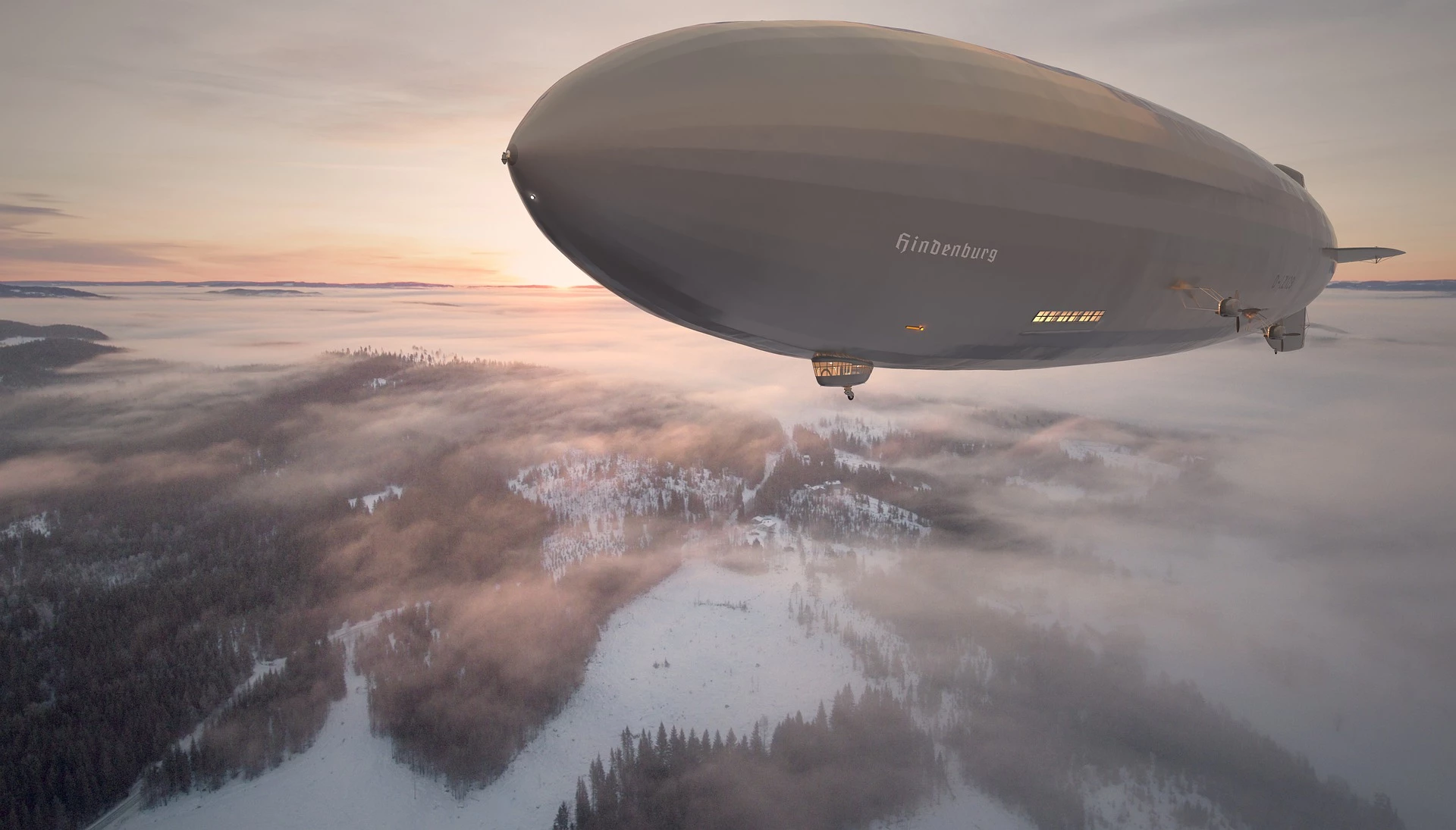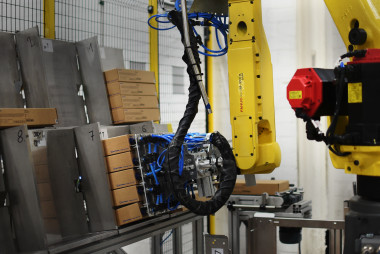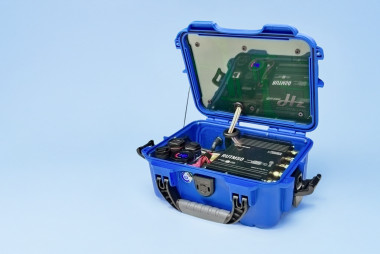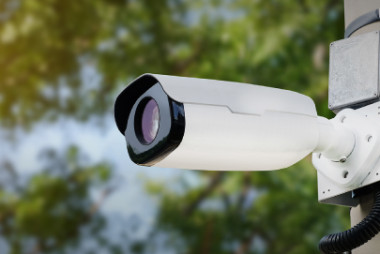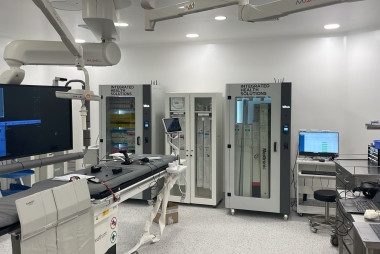SUMMARY
The history of Zeppelin airship dates back to 1900. Originally designed by Ferdinand Graf von Zeppelin in Germany, the airship became most popular after World War I in the 1920s with the round-the-world-flight and other missions. However, after the crash of airship LZ 129 Hindenburg during landing in 1937, the production of the Zeppelin aircraft has been discontinued and did not resume until the nineties. In 1993 Zeppelin Luftschifftechnik GmbH launched the Zeppelin NT, which was a new improved version of its ancestor. It became much smaller and gained a completely different purpose. For the last couple of decades, the Zeppelin has mainly been used for sightseeing.
CHALLENGE
Zeppelin NT is a much more innovative and technically ambitious airship than its ancestor. Ensuring safety is of central importance when it comes to carrying passengers, hence a variety of fly-by-wire controls had to be implemented, including modern avionics and glass cockpit. During ground operation, the airship is monitored and supervised by the EEPS-IID stand-alone computer. For the system to function properly, it needed a router to connect all the pieces and exchange information. The tough part was that this was not a standard industrial application, but a portable system designed for rugged outdoor conditions and limited by space because of its size.
PARTNER
Zeppelin Luftschifftechnik GmbH was founded as a descendant company of Luftschiffsbau-Zeppelin, the original creator of the historical Zeppelin. The company combined the values of historical experience with modern technology to create a new design principle based on a rigid internal structure and innovative drive concept. The highest level of safety, together with maximum comfort, has been the basis for the successful commercial operation of the Zeppelin NT for over 20 years.
TOPOLOGY
SOLUTION
Some systems of the Zeppelin NT airship need to be controlled and monitored on the ground when it is in a parking position. This is achieved by employing the EEPS-IID stand-alone computer system with an integrated RUT241 router to connect to the control and support center, on-site management systems, and the Teltonika Networks Remote Management System (RMS). If the airship is in the parking position without the supervision of the ground crew, the Teltonika Networks RUT241 is responsible for sending SMS alerts in a case of a detected malfunction or alarm triggered by the computer system. Additionally, for history recording, the RUT241 synchronizes captured internal operational data of the computer system to an external FTP server cyclically.
BENEFITS
- Compact size – the portable computer was limited by space and weight requirements, so RUT241 was a perfect fit because of its small measurements and lightness.
- Connectivity – 4G /LTE & WiFi cellular router with Ethernet port allows connecting the router to the EEPS-IID and provides a wireless connection to remote systems and RMS. LTE connectivity allows sending SMS in case of any problems.
- Global certificates – The Zeppelin NT airships operate in the EU and the US, hence the Global version of RUT241 was the most appropriate.
- Robust and resistant – RUT241 with the metallic casing is suitable for rigorous conditions.
WHY TELTONIKA NETWORKS?
Teltonika Networks listens to customers’ needs and helps select the product(s) that serve their needs. Zeppelin NT needed a product that was easily deployed, small in size, and offered a complete set of networking features. RUT241 was a perfect choice in this case as it also had a Global version suitable for operation across different continents.
Featured product
RUT2414G LTE (Cat 4), 3G, 2G
Wireless Access Point with Hotspot functionality
Automatic switching to available Backup connection
For remote management, access & VPN services
